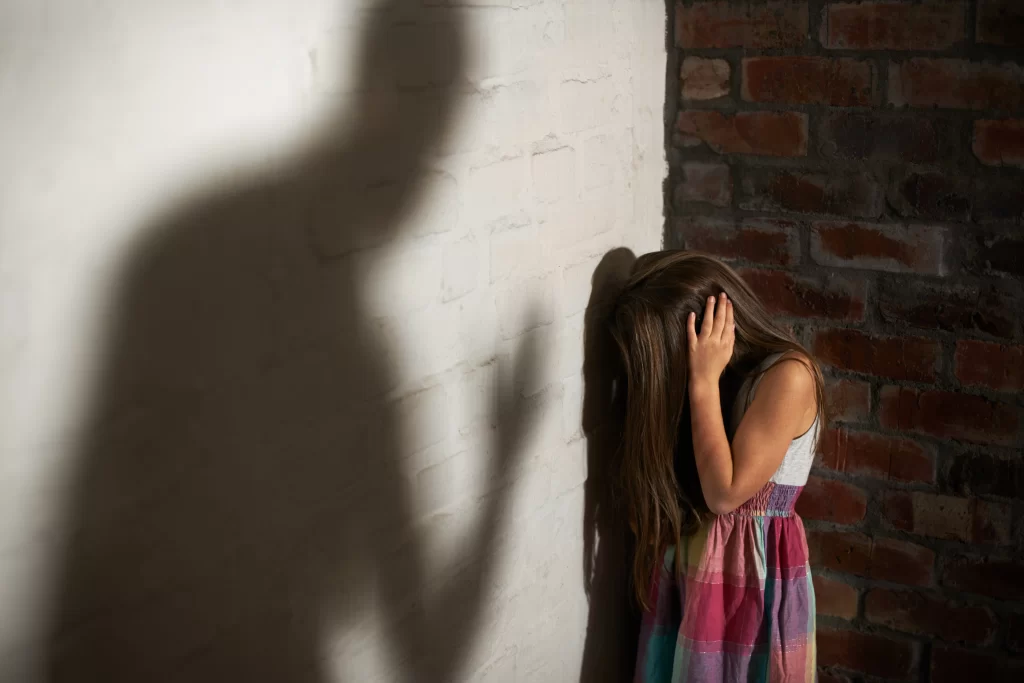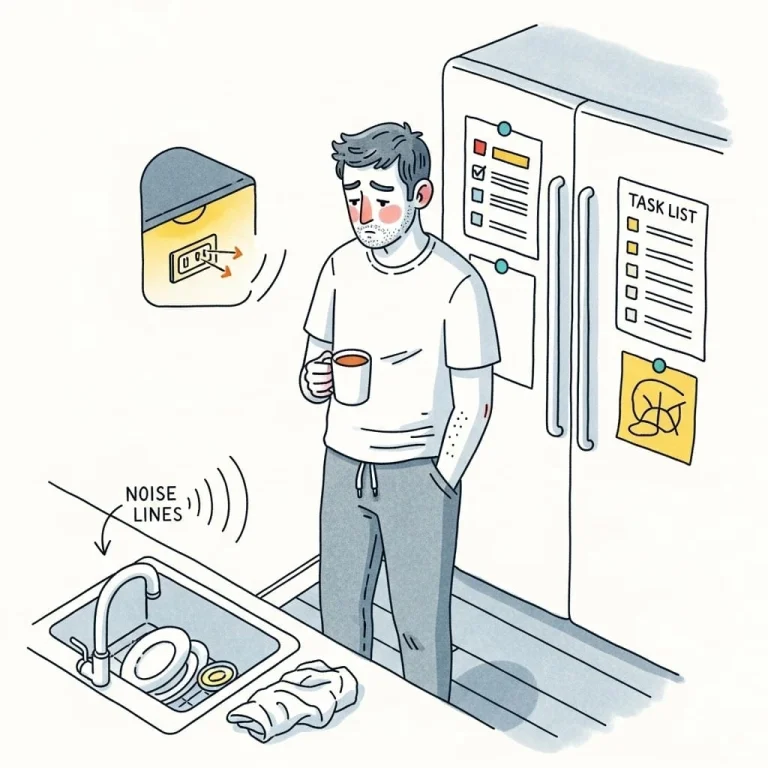What Is Safeguarding?
Safeguarding is a set of actions put in place to protect individuals who are vulnerable to:
- Harm
- Neglect
- Abuse
- Exploitation
These actions are usually provided to children or adults who might be at risk of harm.
This includes individuals with the following:
- Learning difficulties
- Learning disabilities
- Mental-ill health
- Challenges with substance abuse
The goal of safeguarding is to prevent any harm imposed on an individual.
Additionally, safeguarding strives to identify potential risks of harm before they occur, provide support, and collaborate with other professionals or local authorities to ensure the well-being of those in need.
Safeguarding is crucial for those who require a safe environment and are at risk of it being taken away.
Safeguarding Children
Unfortunately, there are a lot of cases where children are victims of abuse or neglect. Safeguarding is essential for the well-being of children, as it ensures they grow in a safe and healthy environment. Teachers, doctors, social workers, and all citizens within their community are responsible for ensuring children are not at any risk of harm and neglect.
Responding to safeguarding concerns is crucial for the children’s health and welfare.
Safeguarding Adults
Many adults might be at risk for harm or abuse. This includes adults who are living with a specific learning disability, difficulty, or other challenges with mental health. It’s important to mention senior citizens, who, after a certain age, might be unable to take care of themselves properly and are at risk for neglect.
Safeguarding adults allow them to live a quality life safely, free from abuse, neglect, or exploitation.

What Safeguarding Means for People Who Use Care Services
Care services can play a significant role in safeguarding when it comes to vulnerable groups of people. Social workers and carers can best assess if an individual needs additional safeguarding policies. Additionally, social workers can report safeguarding concerns to local authorities if they asses the individual they’re taking care of is a victim of abuse, neglect or exploitation.
Safeguarding for individuals who use care services also includes support, intervention, and collaboration with other professionals to ensure their safety. Social workers and carers should be familiar with the statutory guidance, which provides guidance on law related to social care.
Common Types Of Abuse
Abuse can be defined as an action, or lack of action, on the part of another person that causes harm. It’s essential to understand that abuse can be both intentional and unintentional.
When it comes to safeguarding concerns, there are a few common types of abuse that can be imposed on vulnerable adults or children.
- Physical abuse – this includes hitting, pushing or pulling a vulnerable person with the intention of causing physical harm.
- Sexual abuse – any sexual behaviour that is non-consensual and is imposed on a vulnerable individual.
- Psychological abuse – using behaviours or words that intimidate, hurt, or manipulate another person’s thoughts and feelings.
- Emotional – use of words or behaviours that harm another individual’s well-being, self-esteem or sense of identity.
- Financial/material abuse – this includes unauthorised use of another individual’s finances or assets.
- Discriminatory abuse – this includes behaviours that cause harm to an individual based on their age, gender, race, religion, ethnicity, sexual orientation, or disability.
Understanding and recognising these types of common abuse is essential to ensure the safety of vulnerable groups.
Determining Vulnerability
There are several factors that can be taken into account when determining vulnerability, including:
- Age
- Learning difficulties or disabilities
- Mental health conditions
- Challenges with physical health
- Living in difficult circumstances (financial issues)
It’s essential to mention that vulnerability can occur with the combination of the factors listed above. Determining the vulnerability of adults or children is one of the main safeguarding responsibilities. Professionals conduct an assessment process once an individual is reported to be at risk of harm and in need of safeguarding.
The process includes the following:
- Evaluation of current or potential risks
- Assessment of an individual’s physical and mental health
- Assessment of an individual’s social circumstances
- Evaluation of the level of support the individual is receiving at the moment of the assessment
Determining an individual’s vulnerability is the first major step towards protecting children, young people, and vulnerable adults.


Signs and Indicators That Someone Is in Need of Safeguarding
The signs and indicators of someone requiring safeguarding can often be hard to perceive. However, every individual is responsible for acting upon signs of harm or abuse, especially when the victim is part of a vulnerable group.
Some signs of abuse are more obvious; however, signs of abuse or neglect can be hidden or more subtle. Paying extra attention to specific indicators is crucial as it may result in helping someone escape a harmful environment.
Signs of physical abuse can be the easiest to spot. However, a bruise on the body can be caused by everyday accidents, and it’s also crucial not to jump to any conclusion or overstep any boundaries. With that said, it’s important for health professionals to safeguard every individual and not overlook any signs.
Signs of abuse may look like the following:
- Bruising or scarring on the forehead
- Broken bones
- Burns
- Buising on the face, back, and thighs, or any body part
- Bite marks
- Breathing problems (the effect of drowning or suffocation)
- Swelling
This doesn’t mean that the same injuries aren’t caused by a specific accident and have nothing to do with abuse. However, it’s important to know the signs of any possible abuse. Sudden significant changes in appearance, behaviour, or mood might be signs of abuse, especially if the individual doesn’t usually portray these behaviours.
Child protection is vital, and we must work together to safeguard children. This also applies to young people and safeguarding adults who need support and protection.


Importance Of Safeguarding in Health Care
Safeguarding is an essential part of healthcare as it promotes the safety and well-being of individuals by protecting them from harm, abuse, and neglect. In many cases, individuals are in need of health care services as a result of physical or any abuse. It is a doctor’s or a nurse’s responsibility to recognise the individual’s need for protection and act accordingly.
Safeguarding in health care also provides an overall quality of life as it eliminates all risks of potential harm or abuse.
Making Safeguarding Personal
We believe in collaborative and outcome-based support when it comes to safeguarding. This means that we put individuals at the centre of the safeguarding process and tailor the care based on their personal needs and requirements.
Additionally, we focus on underlining their strengths, leveraging them and helping them live more independently while benefiting their quality of life.
We believe that safeguarding professionals have to, if possible, evoke the individual’s involvement in the process as a way to bring well-being and safety.
Safeguarding Assurances with Unique Community Services
Unique Community Services supports vulnerable adults and children as part of its activities. Therefore, we ensure our clinician’s suitability to work with vulnerable groups and that they are able to meet the necessary compliance criteria.
Our goal is to transform the care system and how people are supported by delivering proactive and compassionate services. What’s more, we provide personalised care with a humanised touch 24 hours a day, 7 days a week, 365 days a year.
As part of our safeguarding policy, we provide a whistleblowing hotline where anyone can report any concerns about the care a person who we support is receiving. The safety and welfare of the people we care for are always our number one priority.
To learn more, you can contact our offices in Leeds and Manchester or contact us directly.




